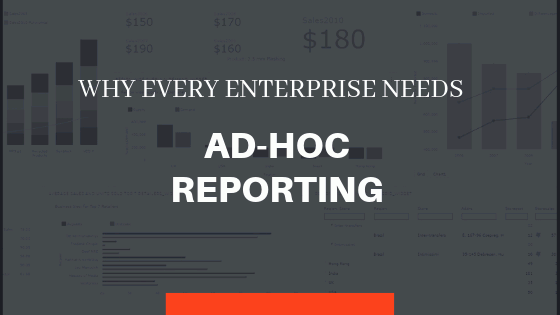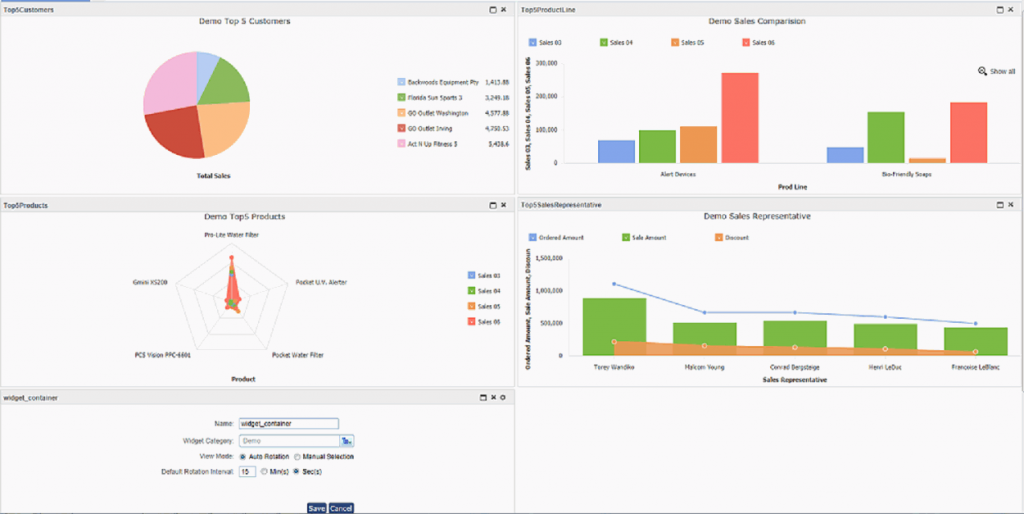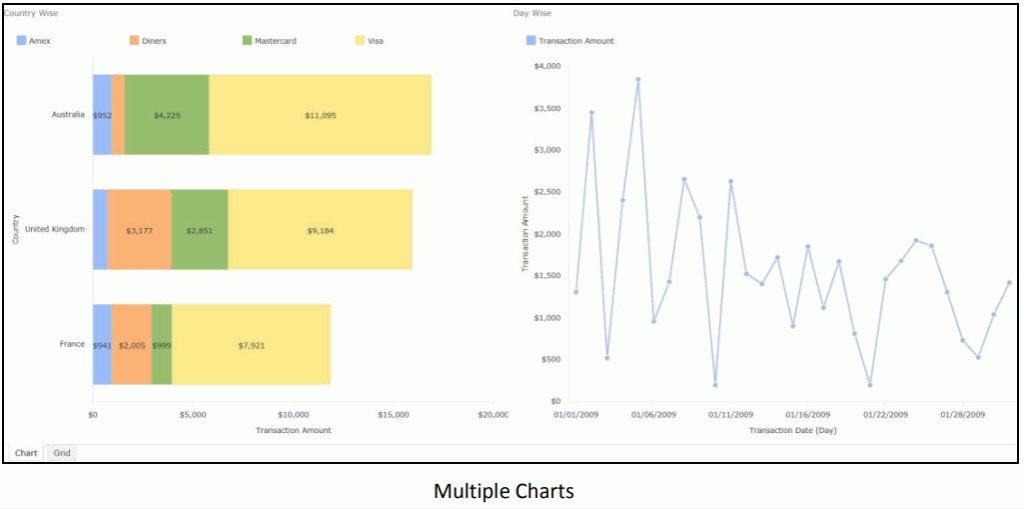At a sense, Ad Hoc reporting entails personalized, small-target, reports that are formula based. For contrast, think of the regularly scheduled production reports or other company records. Thich contains large quantities of data and covers an entire business activity.

Table of Contents
What Is An Ad Hoc Report?
Custom reporting also called a one-time record, is made for a particular purpose or enterprise necessity. It will help its users to answer critical business questions immediately. By creating a free report, minus needing to wait around for conventional analysis.

Working together with recurring or continuing (daily, weekly, or even Monthly) data accounts. ad-hoc reporting forms a significant part of a company’s growth and sustainability. By supplying an amount of penetration. Which adds an excess layer of success and substance into the qualitative decision-making procedure.
Why Is Ad-Hoc Reporting Useful?
Business leaders can use ad hoc reports for many reasons. Suppose, someone looking at sales wants to see specific numbers for a particular local neighborhood. Maybe a federal record is already conducted. However, the numbers are hidden deep inside. Instead, this regularly scheduled report isn’t detailed enough. In this case, the individual runs a specific ad hoc report. Requesting for only that small, step by step group of information.

Organizations may use Ad-hoc reporting to avoid a number of their Learning curves. That is involved with the usage of reports. Alternatively, they may use ad hoc reporting to get actionable insight. To answer particular questions around sales, production, supply chains, or other things. Which they can’t get from generic reports.
Ad Hoc Reporting Features for Enterprises
Automatically, ad-hoc reports are specified. There are exploration features provided by ad-hoc reporting programs. That allows users to glean even more focused information out of data. Filters and OLAP functionality such as drilling fetch requested data to the forefront. Some of the significant ad-hoc reporting features are mentioned below:
- Data-driven approach
- Reducing IT workload
- Flexible and interactive reporting experience
- Support multiple data sources
- Individual reports for promotion, sales, and management
- Easy to use and robust
This kind of ad hoc reports helps to get a specific purpose. Often, reports are used as a picture of the present condition of the organization. And generally through a specific lens. This might be a belief of earnings, employee operation, promotion reach, or other measures. This particular data organized in an easy-to-read, shareable arrangement. Helps all employees to have the resources and knowledge required. For assisting with special projects.
Conclusion:
Ad-hoc reporting is self-service, allowing reports to be fast assembled. And, with the exact information without tying up programmer resources that users want. This affords business users the capability to take charge of their own reporting needs. It also helps them to extract maximum value from their data and their application. While simultaneously expanding the overall agility in their organizational BI.
Maybe not all the needs of ad hoc reporting will be the same. Sometimes, company users are looking for a new report that can be used later on. Other times, the demand is a One-off a question to extract a data set.